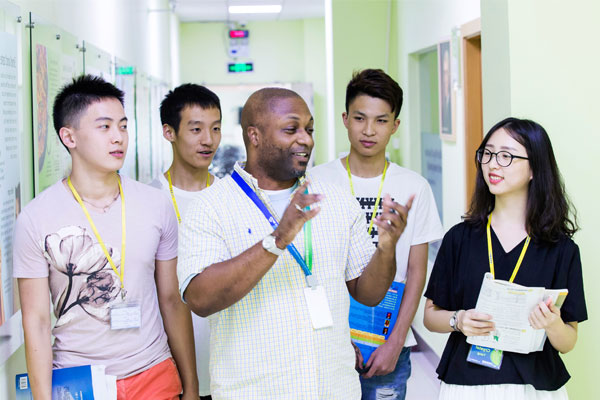时间:2017-07-07 09:52:43
来源:网络 作者:Alex
![[s]20160114-113847_U3260_M119685_6c79.jpg](/study/d/file/Reading/article/2017-07-07/81c01a3c76ee7093d67701d4a6066d05.jpg)
Phloem is one of two types of transport tissue that you can find in all plants, and moves nutrients and other substances around the whole plant.
植物的韧皮部是两种运输组织之一,存在于所有植物中,它们在整株植物中传输营养素和其他物质。
In a banana, the phloem strands are therefore the reason why all the nutrients can reach the whole of the fruit - which allows it to grow into the fruit we know of.
香蕉中的“韧皮束”可以将各种营养素传输到各个部位,长成我们所熟知的香蕉的样子。
Nicholas D. Gillitt, who is vice president of nutrition research and director at the Dole Nutrition Institute explained to Huffington Post: 'Phloem bundles are necessary for the adequate disposition of nutrients throughout the plant.'
尼古拉斯对《赫芬顿邮报》解释说:“韧皮束对于在整个香蕉中的营养素配置非常必要。”他是多尔营养研究所的营养研究副主席兼主管。
The phloem bundles are completely edible and are just as nutritionally rich as the main part of the fruit, according to Dr Gillitt.
他说,韧皮束完全可以食用,和香蕉主要部分一样富含营养。
In fact, the strands probably contain a lot more fibre than the rest of the fruit, he says.
他说,和香蕉的其他部分相比,韧丝中含有的纤维可能更多。
It is possible to genetically modify the fruit to prevent strands from forming - but Gillitt says there is little point dedicating funds to research this when companies can better invest in coming up with disease-resistant food or fruit with higher nutritional content.
人们可以对香蕉进行基因改造,防止形成韧丝,但吉略特说投资进行这一研究没有意义。把投资用来研究含有更多营养素的抗病食物或水果更好。

